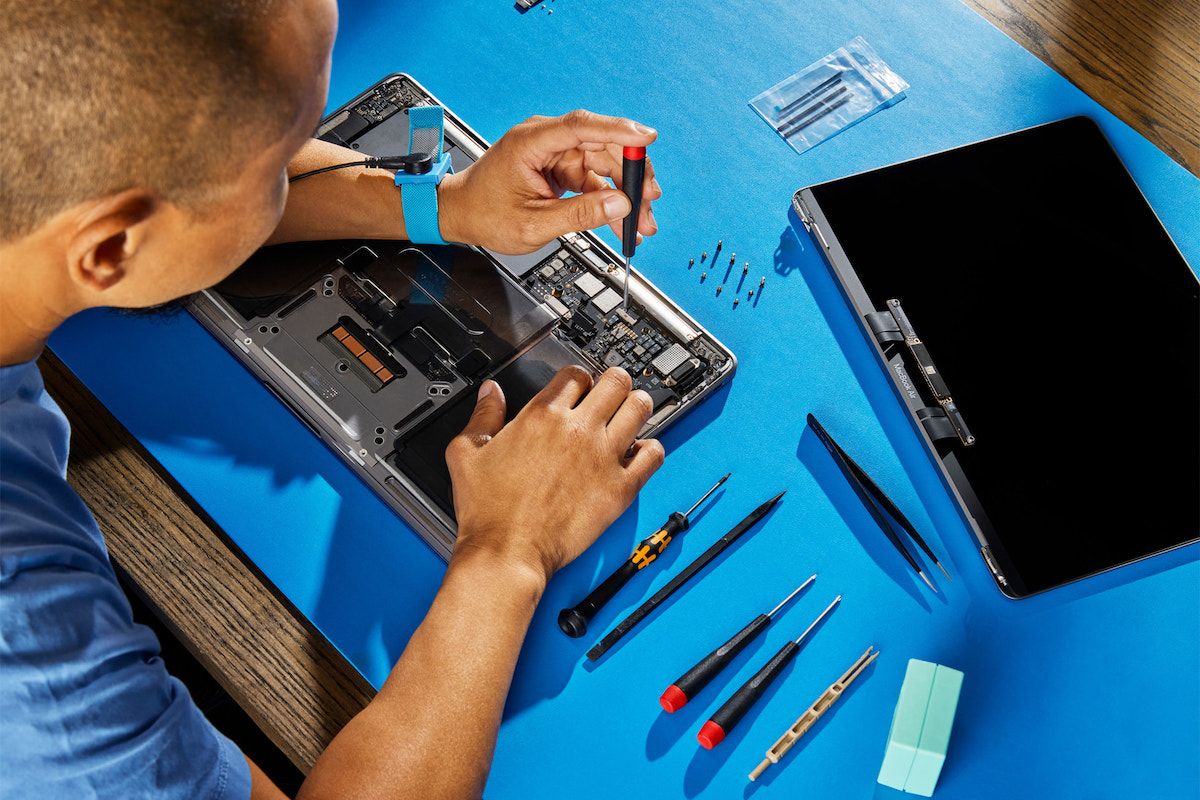Last April, Apple launched its Self Service Repair program for select iPhone models. At the time, the company mentioned that it would then be expanding the program to support more models and device types. The wait for M1 MacBook owners is now over. Starting tomorrow, users with M1 MacBook Air and MacBook Pro models will be able to order genuine spare parts from the company's repair store. These include screens, trackpads, batteries, and more.
In a Newsroom post, Apple has announced that its Self Service Repair program will start including M1 MacBooks. Of course, this encompasses the entire M1 family, including the regular M1 and M1 Pro chipsets. For now, this expansion only affects these particular MacBooks. So those with an older model or a different Mac device won't be able to take advantage of the program just yet.
The Apple tools are custom designed to help provide the best repairs for Apple products, and are engineered to withstand the rigors of high-volume, professional repair operations where safety and reliability are the utmost priority. Apple will offer rental kits for $49, so that customers who do not want to purchase tools for a single repair still have access to these professional repair tools. Customers will have access to the tool kit for one week and it will be shipped free of charge.
To motivate customers to send back the damaged parts, Apple is also offering credit under certain conditions. The company then recycles or refurbishes these parts to give them a second life. Though, for the time being, the Apple Self Service Repair program remains exclusive to the United States. Nonetheless, the company plans on introducing it in more regions -- starting with Europe.
Apple warns average users and advises them to get their products repaired at authorized centers. Considering the complexity of the process, many users could end up further damaging their devices if they attempt to do it by themselves.
Do you plan on taking advantage of the Self Service Repair program? Why or why not? Let us know in the comments section below.
Source: Apple Newsroom

